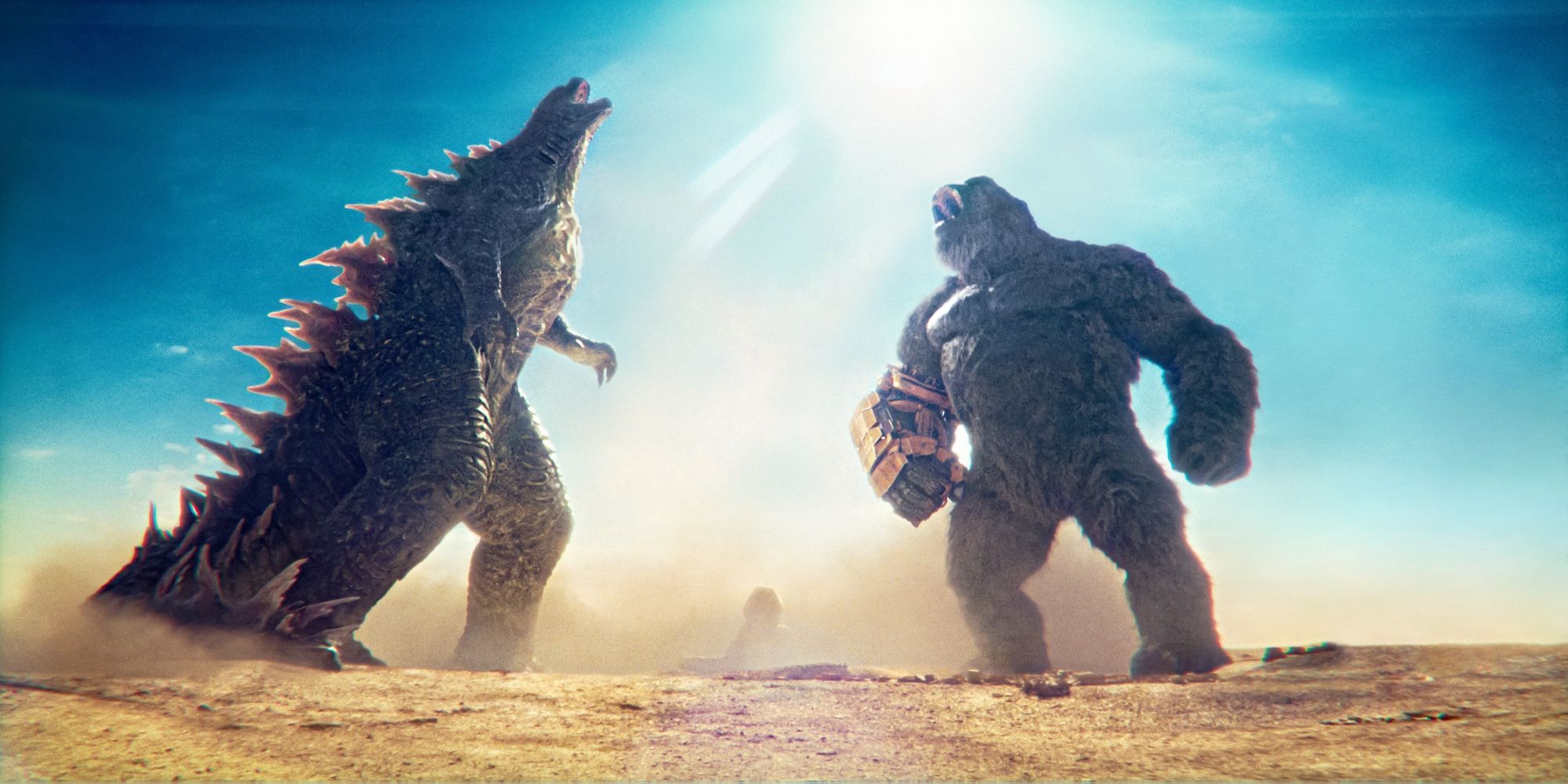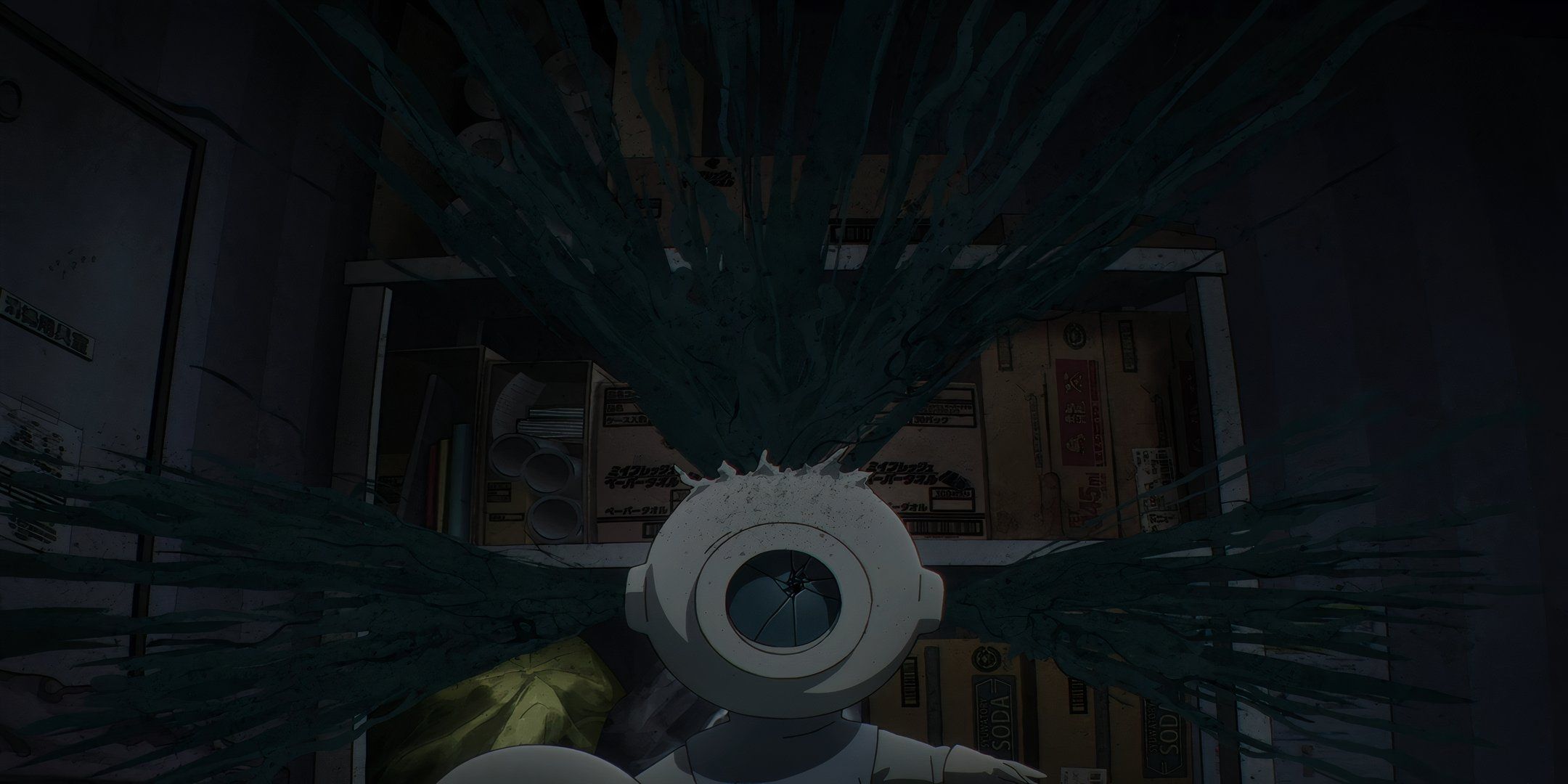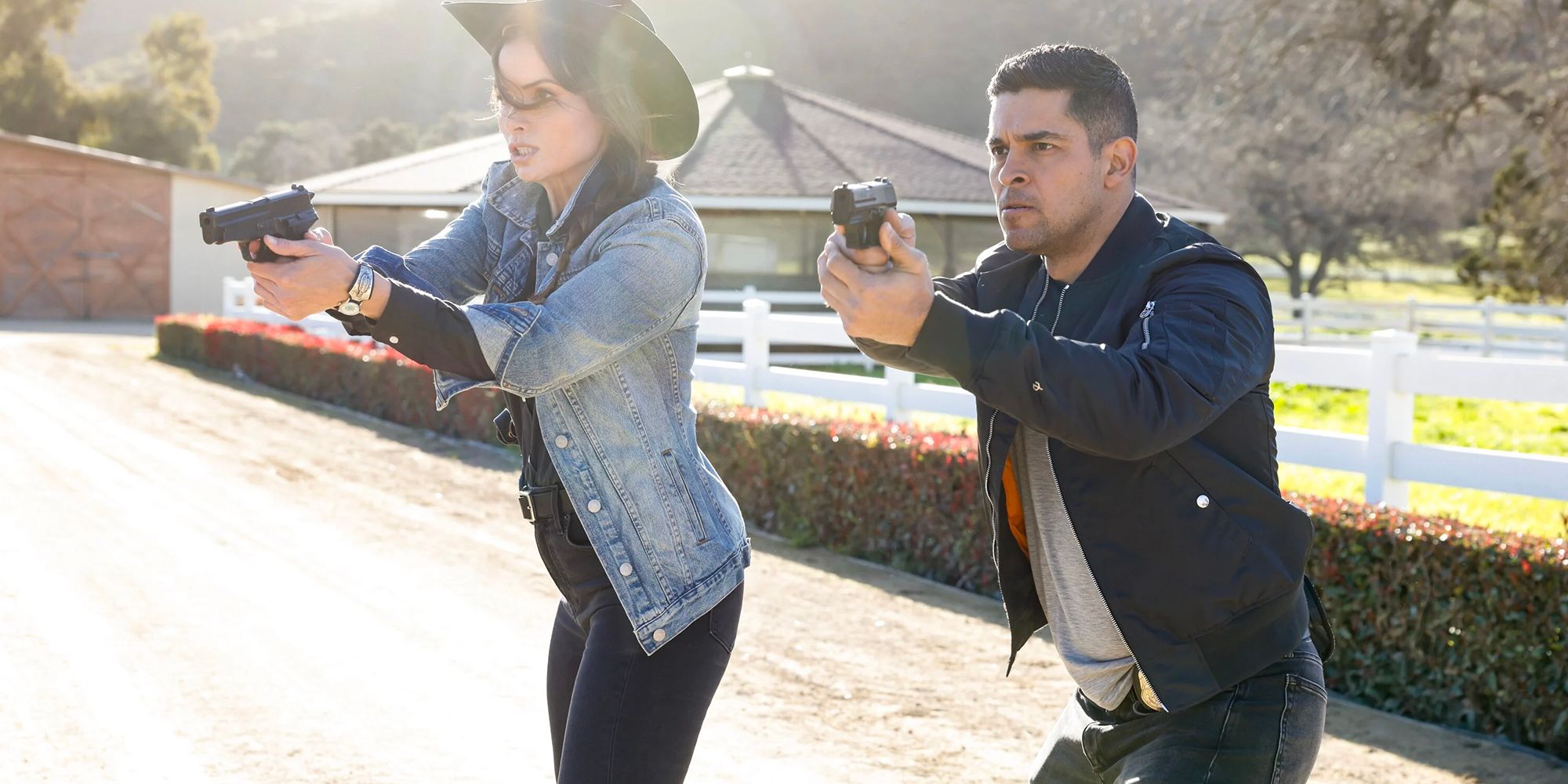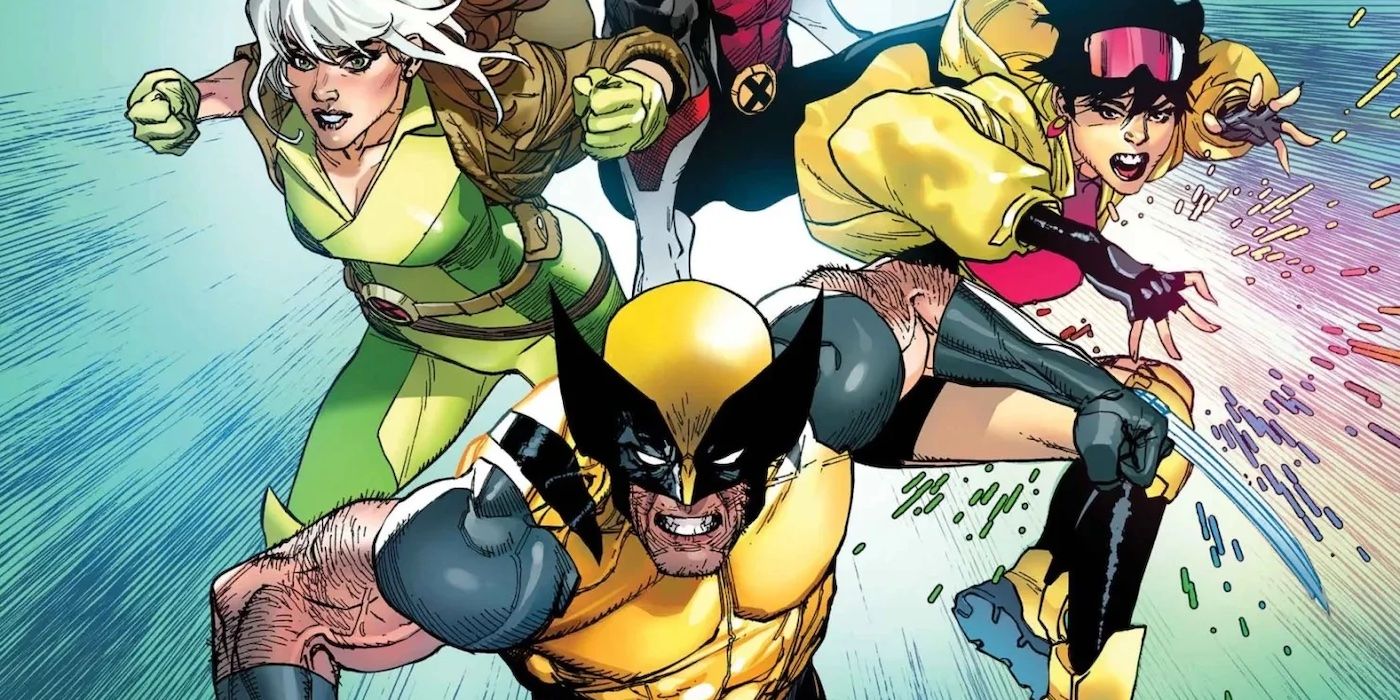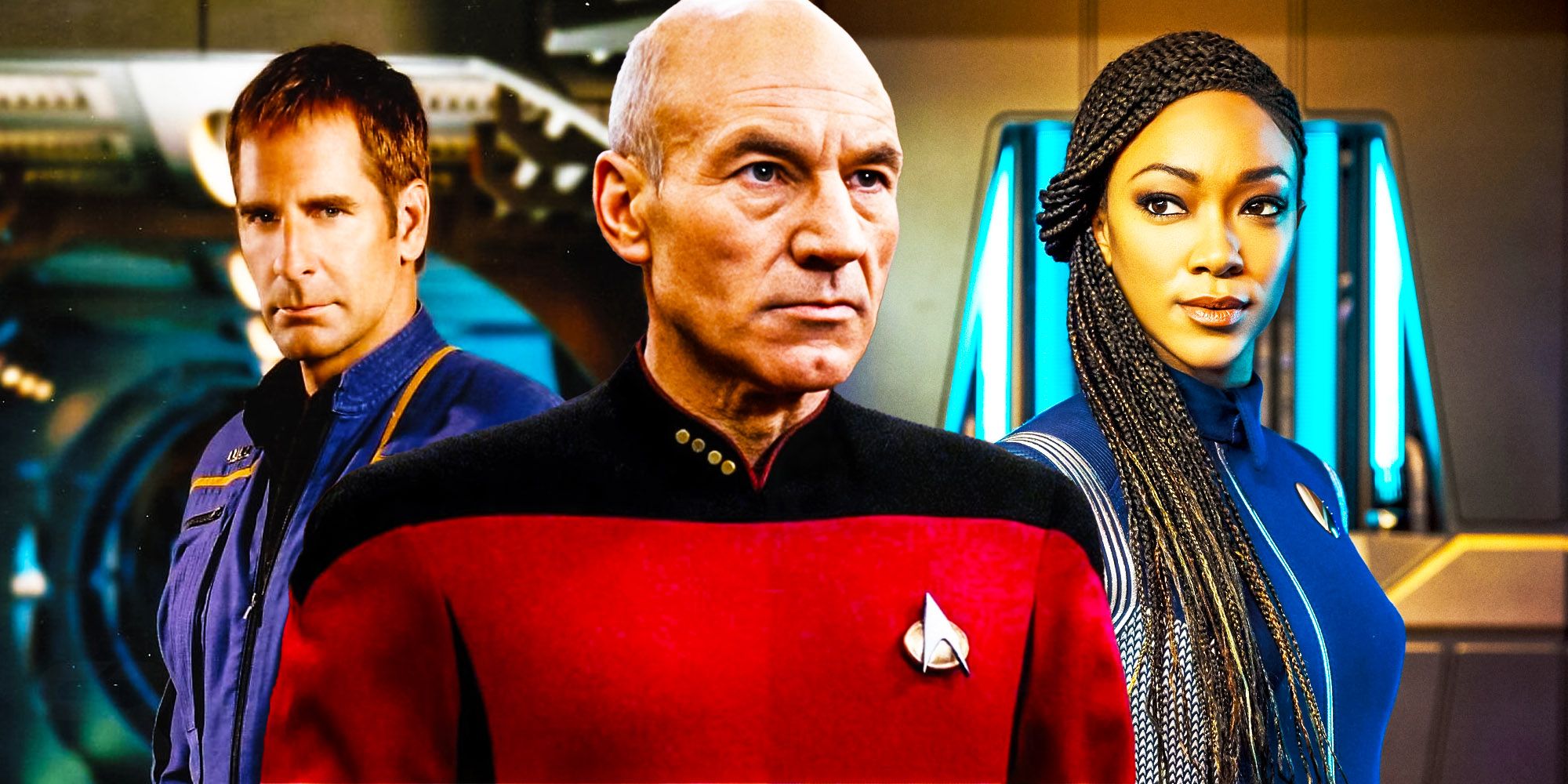NASA’s Hubble telescope has seen all kinds of stars in its 30+ years of exploring the universe, and in this latest Hubble photo, we get an incredible look at a baby star throwing a ‘stellar tantrum’ in space. Stars can take on many different shapes and appearances. Red giant stars have a distinct red color and are among the largest in existence. There are also white dwarf stars, which — as the name implies — have a stark white color and a much smaller mass.
Along with its countless observations of galaxies and space nebulae, Hubble has also been an excellent tool for studying these various stars. This past January, NASA shared a Hubble photo of a black hole burping out tons of baby stars. Hubble’s also seen young stars covered in eerie blue gas, dying stars hanging on by a thread of life, and galaxies acting as ‘star factories.’ If there’s a strange star somewhere in space, chances are Hubble has seen it.
Building on that idea, NASA shared another Hubble photo on March 11 of — you guessed it — a star! While Hubble photos of stars are nothing new in 2022, this latest one is especially eye-catching. Towards the top left of the photo is a young baby star soaring through the depths of space. Ahead of it is a huge mass of space gas, while a beautiful pink tail lights up behind it.
Taking A Closer Look At This Stellar Tantrum
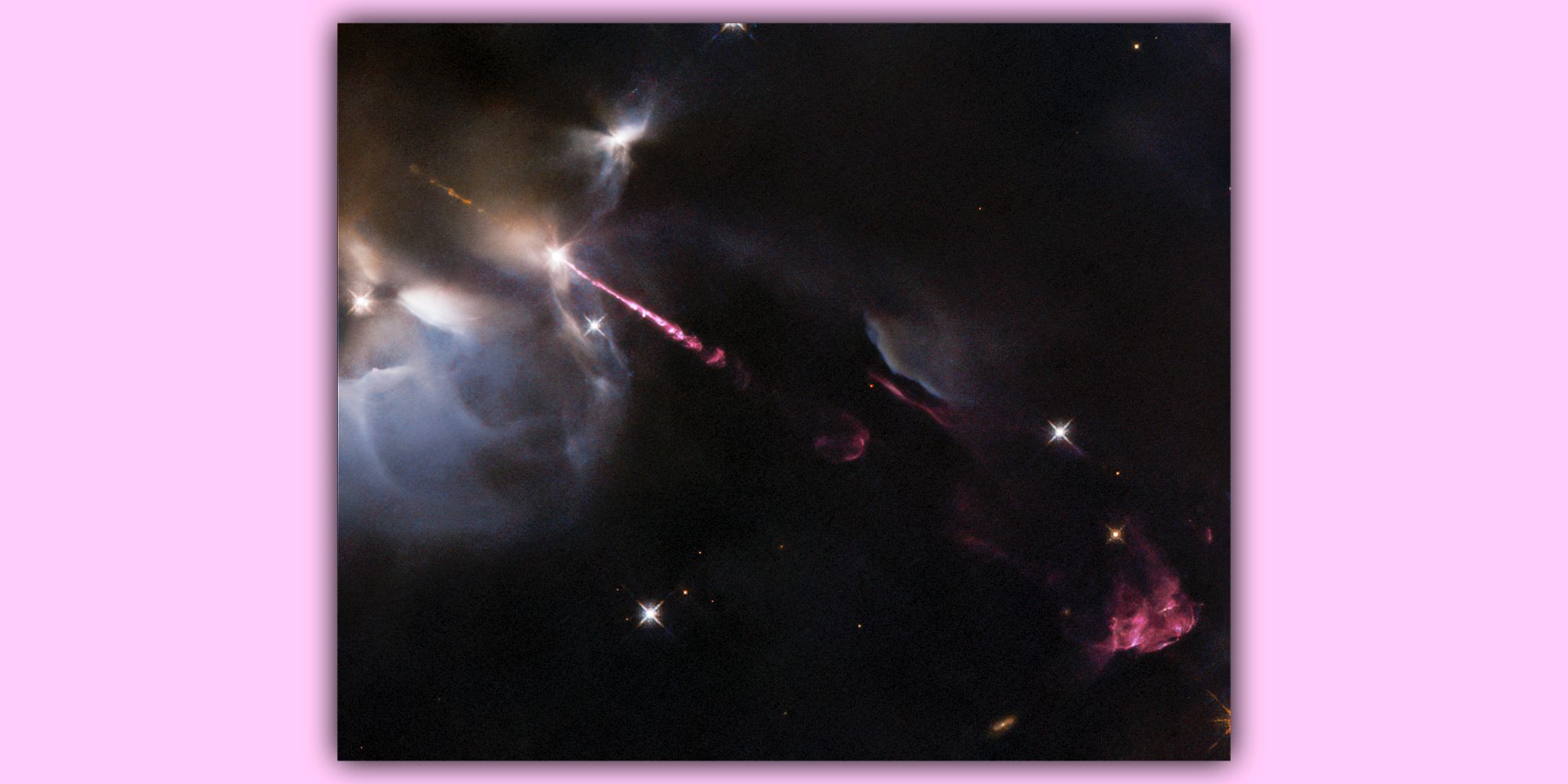
According to NASA’s full explanation of the Hubble photo, the pink streak behind the baby star is known as a ‘stellar tantrum.’ Stellar tantrums are created by very young stars in the earliest stage of life. They’re also extremely beautiful. NASA says this stellar tantrum consists of “an incandescent jet of gas traveling at supersonic speeds.” When that jet collides with material around the baby star, the force of the impact gives it an unmistakable glow of “colorfully wispy structures.” These structures (seen in the lower right part of the photo) are better known as Herbig-Haro objects.
This particular Herbig-Haro object is named HH34. It lives 1,250 light-years away from Earth and resides in the Orion Nebula. That may sound far away from Earth, but the Orion Nebula is actually one of the closest areas to Earth that features “widespread star formation.” Other Hubble photos have shown galaxies and stars that are hundreds of thousands — if not millions of light-years from Earth. Compared to those, HH34 is a close neighbor.
As for the technical details behind this picture, Hubble took it with the ever-impressive Wide Field Camera 3. Not only is it a gorgeous photo to look at today, but NASA also says it provides valuable information to help build future missions for the James Webb Space Telescope. James Webb launched from Earth this past December and is expected to begin science observations in the summer. As Hubble keeps looking at HH34 and other items in space, it can help James Webb target potential candidates for observing when it’s finally ready to get to work.
